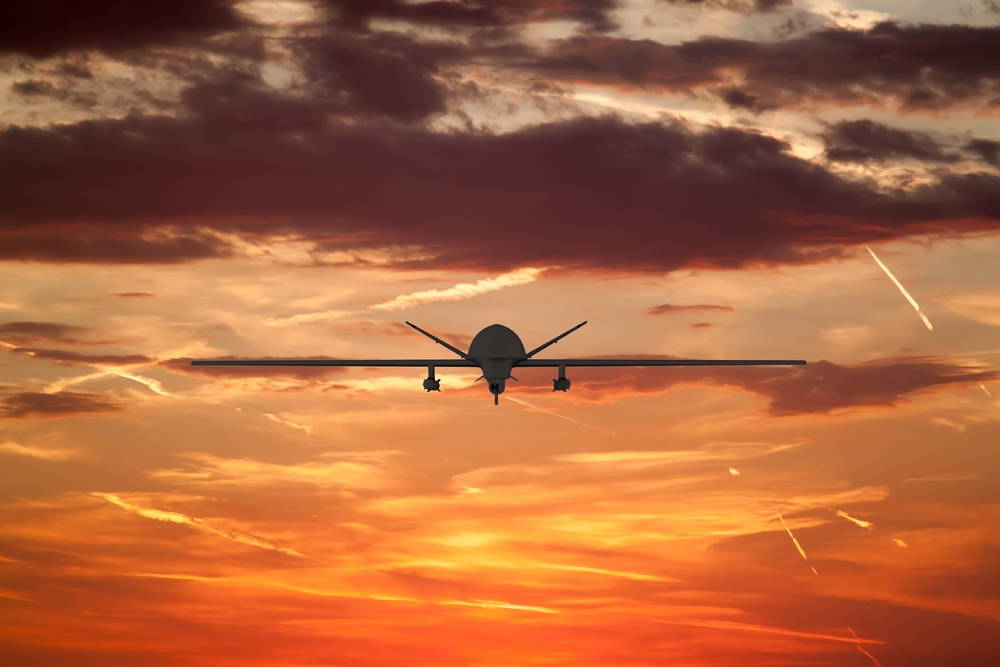
Countering a Growing Aerial Threat
How Advanced AI and Radar Technology Power Precise Drone Detection and Capture
Introduction
In its 2022 National Defense Strategy, the U.S. Department of Defense highlights the growing threat from unmanned aerial systems (UAS), referring to them as “an inexpensive, accessible, flexible, expendable and plausibly deniable way to carry out armed attacks and project outsized power over a variety of domains.”
While threats from UAS increase in battle spaces and public spaces, the technology to counter them must adapt to contend with growing levels of sophistication. The same new technology trends that make drones more effective for use by state actors also make threat actors more dangerous. The DoD notes that UAS can now be similarly lethal to cruise missiles, can be launched and controlled autonomously or from great distances, and are able to travel “virtually undetected.”
As new threats develop, the optimal counter-UAS (C-UAS) program provides layered and customizable protection, from detection to capture, resulting in increased accuracy and minimizing or even eliminating collateral damage.
Anatomy of a Modern C-UAS
Top-of-the-line, modern C-UAS solutions leverage advanced radar technology to accurately detect threats, reduce false positives and autonomously capture the drone, resulting in a reusable, precise and cost-effective system capable of capturing a Russian Orlan-10 in combat or protecting spectators at the FIFA World Cup.
“Our DroneHunter F700 is cued from our ground-based radars, and then once it’s launched, it acts as its own seeker and tracker,” says Jon Gruen, chairman and CEO of Fortem Technologies. “We have a radar on the drone, and it has all the same processing and computability that the ground-based radars do, so it locks on and it goes after the drone based on the command it’s told.”
The cutting-edge radar capabilities on the DroneHunter itself result in a higher level of spatial-awareness and fewer false positives. Once the DroneHunter detects a potential threat, it determines via radar whether the drone is smaller or larger than itself and captures it using nets. If the drone is smaller, the DroneHunter tows it away. If larger, the DroneHunter releases a parachute to reduce velocity as it and the drone drop to the ground.
This flexibility enables the system to successfully take down a range of drone threats from Groups 1-3. Group 1 drones are the smallest, generally rotor-driven and store-bought. Group 2 drones are midsize, sometimes of fixed-wing design and may be used by militants and terrorist groups. Group 3 drones, such as the Orlan-10, Shahed-131 and 136, have been the most-talked about recently, with Shahed-136’s being deployed in Ukraine.
"When the Ukraine war broke out, they needed to be able to move and deploy a system with the ever-changing battle lines. So we took our system and made it man portable."
— JON GRUEN | CHAIRMAN AND CEO, FORTEM TECHNOLOGIES
To combat devastation from the Group 3 drones, Fortem designed a smaller, portable version of its C-UAS system, which is in service in Ukraine.
“When the Ukraine war broke out, they needed to be able to move and deploy a system with the ever-changing battle lines,” Gruen says. “So we took our system and made it man portable — we put a radar on a tripod, added a compact command and control tablet, and then the DroneHunter actually went into a backpack and had the ability to recharge and reset right there on the ground, from a backpack portable solution.”
Benefits of a Capture vs. Destroy Method
Traditional C-UAS programs end with the destruction of the drone, and often parts of the C-UAS itself. While this method eliminates the threat, it has significant downsides. A C-UAS that is able to capture rather than destroy contributes to mission success in three key ways:
- It minimizes collateral damage. Removing the threat instead of destroying it also removes the threat of debris hitting nearby people and infrastructure. For example, at the FIFA World Cup this technology is being deployed to protect stadium goers.
- It’s reusable. “We’re really the only drone in the world that can go chase and capture another drone, so that offers a lot of flexibility,” Gruen says. “Our drone is not a Kamikaze — or one-shot, one-kill — kind of system. We go up, we capture drones, we come back, we reset the net, and it’s back up attacking again.”
- It’s cost-effective. C-UAS that can defeat more than one drone per mission and have a short relaunch time are more efficient and affordable compared to traditional anti-aircraft measures. Deploying a missile to destroy a single drone is astronomically expensive. Even methods that rely on jamming or electromagnetic pulse can be costly in terms of the advanced equipment and amount of power required.
Given these three key benefits, the use cases for establishing C-UAS programs are extensive. C-UAS could be put in service to protect military, law enforcement, airports, stadiums and more. Even small events or gatherings are vulnerable to drone threats as smaller Group 1 drones become more affordable and commonplace.
"Our drone is not a Kamikaze — or one-shot, one-kill — kind of system. We go up, we capture drones, we come back, we reset the net, and it’s back up attacking again."
— JON GRUEN | CHAIRMAN AND CEO, FORTEM TECHNOLOGIES
Since 2015, the Federal Aviation Administration (FAA) has maintained an online registration system for small/recreational drones. FAA data demonstrates the growth in recreational drone ownership since the launch of this registration system. In its FAA Aerospace Forecast Fiscal Years 2022–2042, the FAA predicts the recreational small drone market may reach 1.84 million units by 2026.
As recreational use of drones increases, Gruen expects to see more commercial use as well. “You might start seeing some level of drone delivery or commerce through drones,” he says. “It’s all going to require new governance capabilities and structures out of cities and municipalities.”
The Future of the C-UAS Landscape
The DoD also predicts “UAS usage will likely expand and continue to pose a threat to U.S. personnel overseas, allies and partners, and potentially to the U.S. homeland.” Fortem is working to stay ahead of this evolving civilian and military threatscape by investing in tools that help our armed forces and local law enforcement effectively deter threats at scale.
“One of our major development efforts is to make sure we can counter a swarm with basically our own swarm, or a number of our systems having multiple effects, capture or kill capabilities at one time,” Gruen says. “So we’d be able to go and neutralize an incoming swarm effectively, and then relaunch to catch the next wave.”
C-UAS programs must also account for automation. Prior to advancements in drone technology, threat actors relied heavily on ground station signals to direct and fly the drone. Modern drones can be automated so that a human operator or pilot is no longer necessary to complete a flight plan, making some C-UAS methods, such as jamming, increasingly obsolete.
“When more modern threats sense they’re being jammed, they completely shut off their antennas and they fly the last flight plan to continue the mission,” Gruen says. “Previous countermeasures were mostly radio-frequency-based, trying to hack the platform itself or jam the signal. That’s really becoming irrelevant today — you have to take it out physically.”
In this ever-changing environment, collaboration is key. The development of effective countermeasures depends on a well-rounded understanding of the drone threatscape at present, which is why Fortem values its collaboration with commercial and government organizations.
“We’re fortunate in that we have great partnerships, both in the U.S. government, as well as a vast number of international and commercial customers,” Gruen says. “We’re able to talk to them, see the threats that they think are coming and plan our development efforts accordingly.”

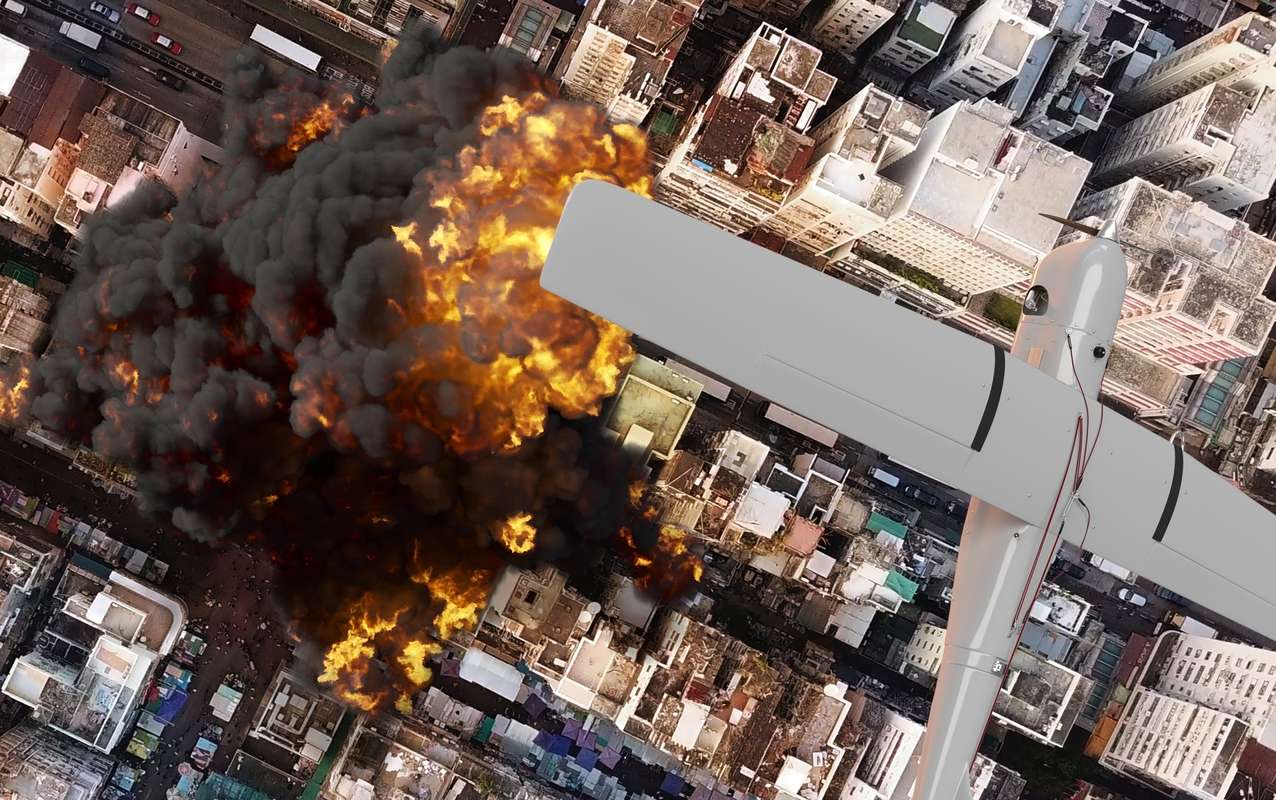
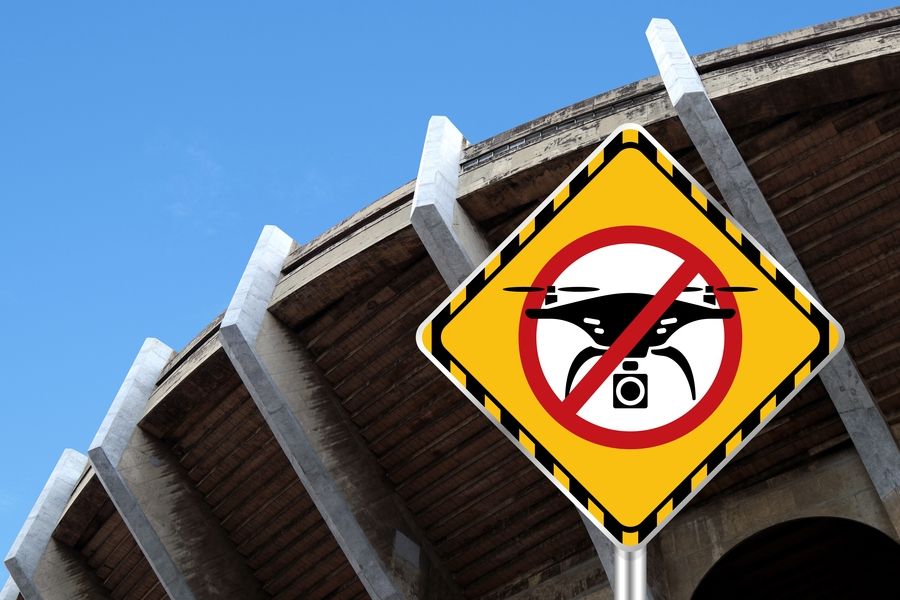
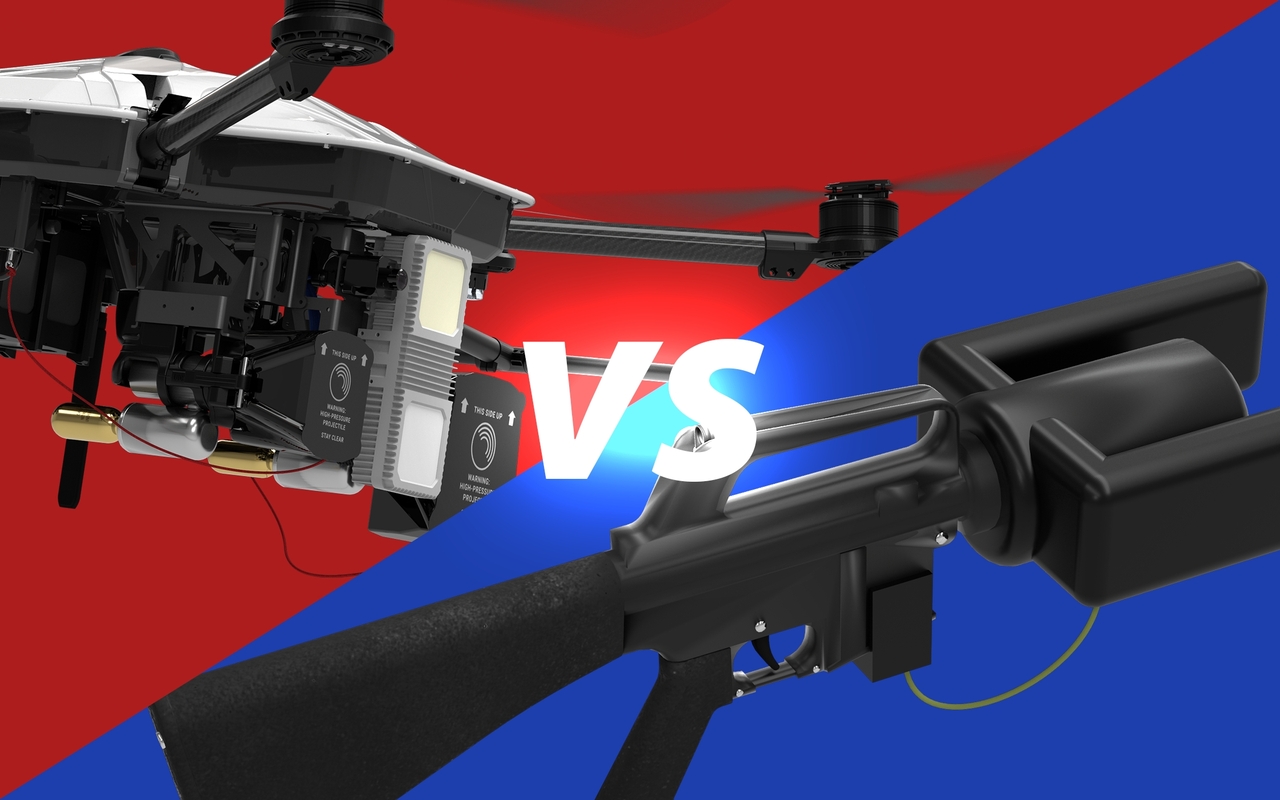

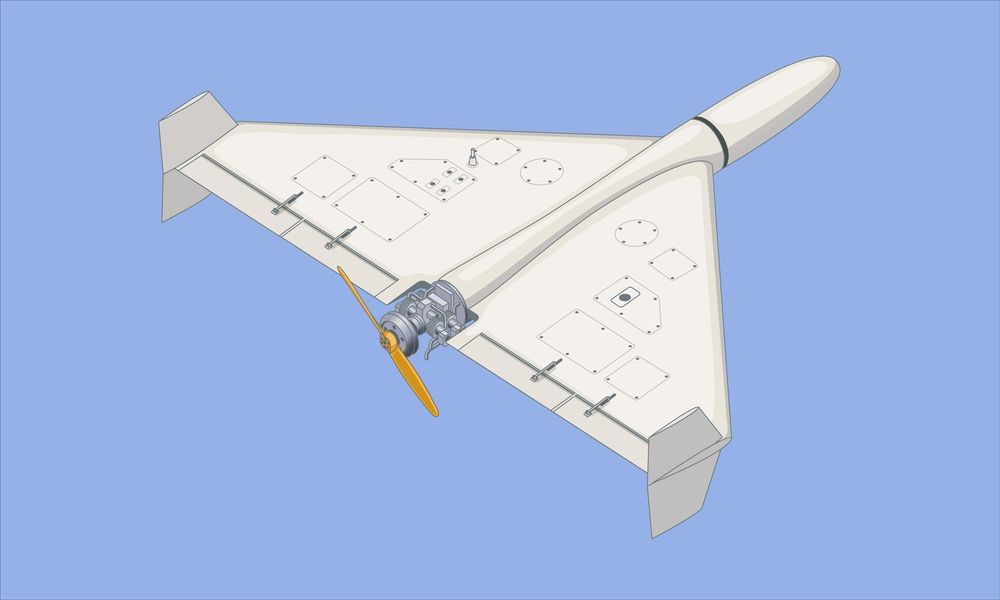
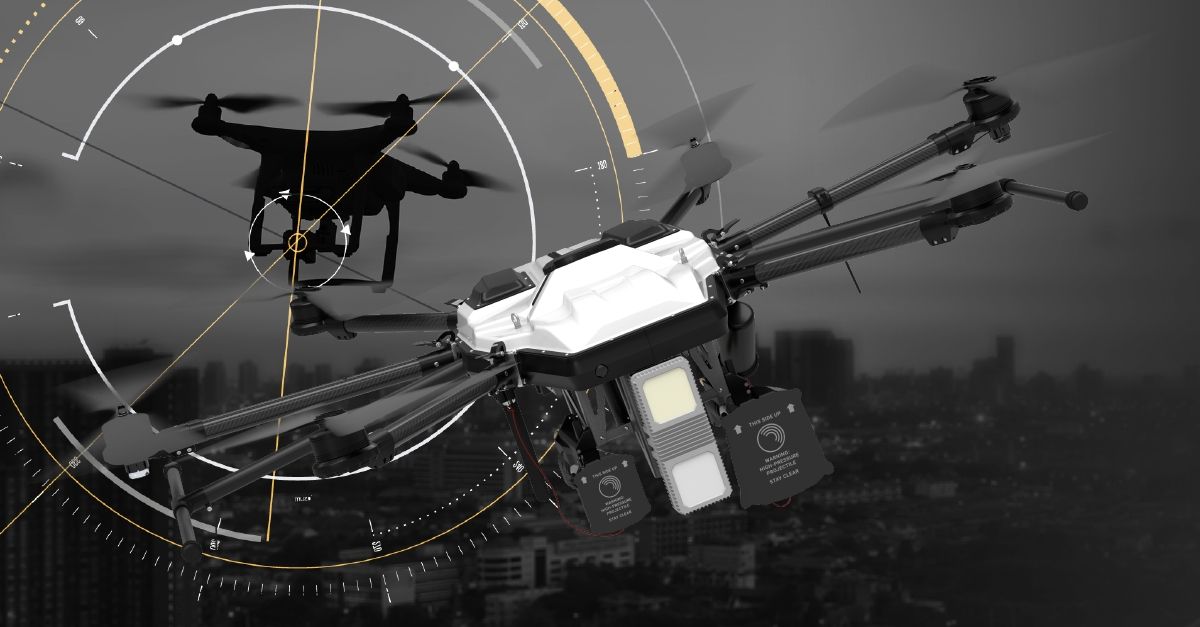
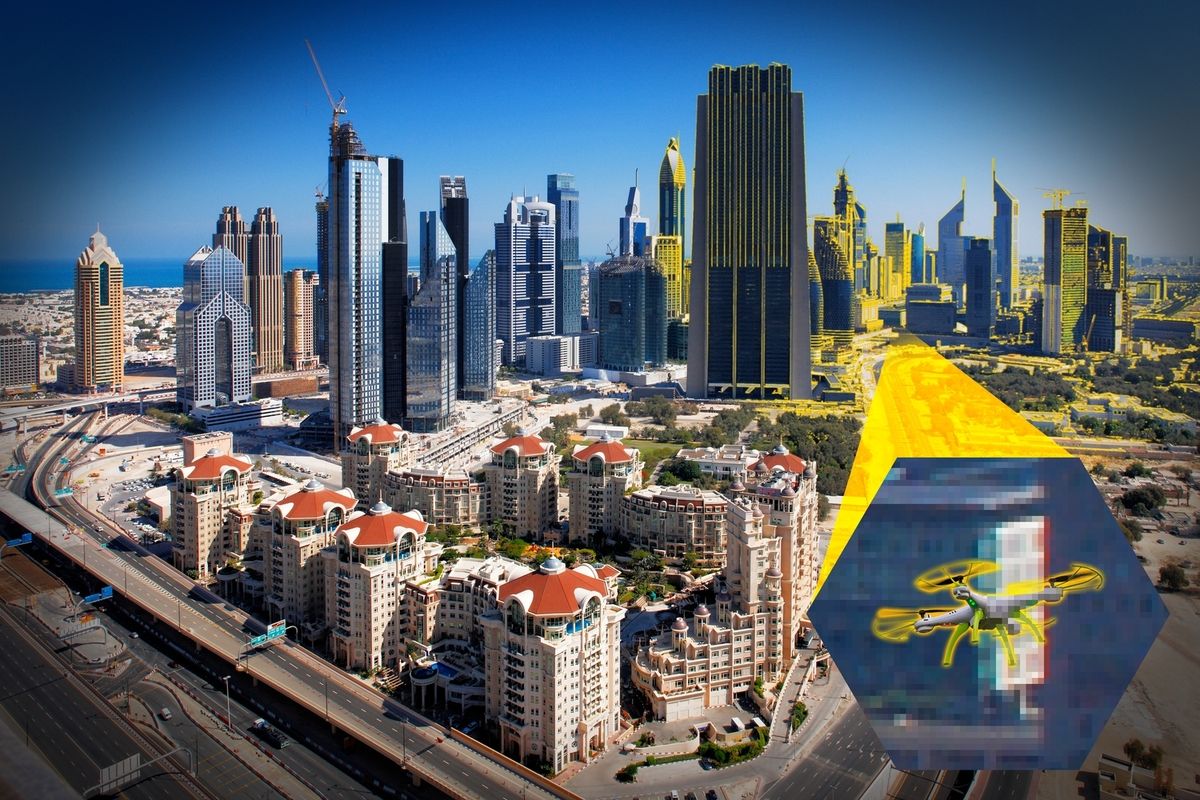
Related posts